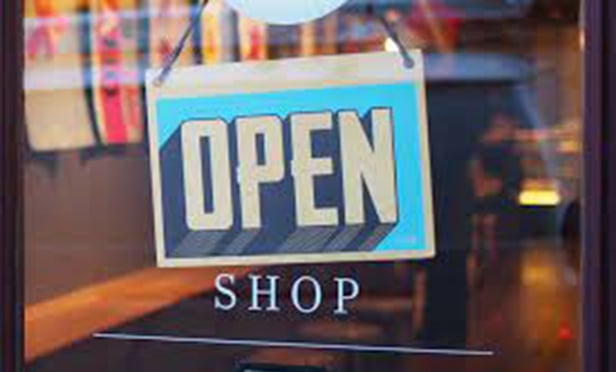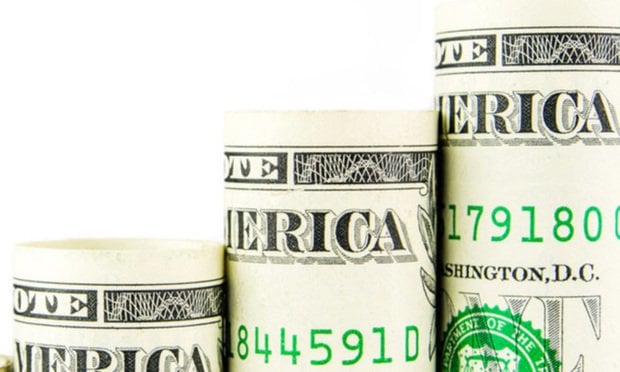Gale International has taken the lion's share of the projects, which currently number 20. Three of the 20 projects are being done by independent developers, with each of the 20 having its own separate financing, encompassing about $10-billion worth of activity. "The overriding financial piece is the money that we borrowed to buy the land from the government," Hynes, president of Gale International explains. "That's a $2.5-billion land-loan, which is secured and is being repaid as we build."
The Herculian-project designed by Kohn Pedersen Fox will eventually dominate 100 million square feet, roughly the size of downtown Boston, Hynes points out. Having started eight years ago, the long arc of the timeline includes luring foreign funding, as well as creating a modern, sustainable city.
Hynes tells GlobeSt.com, "There were three objectives to our mission eight years ago when we were invited by the government [of South Korea]," which were to attract foreign investment into South Korea, try to attract more multinational corporations to locate their Asian facilities here and to create a city that commanded a sustainable certification.
At face value, all projects in the development will claim a LEED-Silver certification by USGBC standards, but the underlying meaning of a sustainable project of this magnitude goes much deeper. As much as standard sustainable practices are involved within its construction, Hynes points out that, "as the city unfolds and the technology becomes more sophisticated, more mature, there's no reason why we can't use these some of these [projects] as a Petri dish for new ideas."
 |
Other innovations come from Sysco, which partnered with Gale to help show "how these buildings might be managed and operated more efficiently," says Hynes. "There is a nerve center that connects all the buildings so that people can contact their home. They can put the heat on and turn it off, put the A/C on, shut that off, from a distance using their cell phone." The eventual idea is for an integrated interactive grid for the entire development.
The Central Park idea, which is kicking off this first phase, was developed based off a number of popular parks, Hynes explains, from Central Park in New York to Boston Common/Boston Public Garden in Boston and Franklin Square in Philadelphia. The point of the park was to create more value for the land around the park, which is then a release valve for the population.
"So, what we did, we took, what was blasphemy when we first introduced the concept to the Korean government," Hynes says. "We took the centerpiece, the most valuable land we had, which was in the middle of our city and converted that in a 110-acre central park." As he explains, the Korean government was not receptive at first to the idea, which appeared to them counter-intuitive to real estate development. Gale saw it differently, as Hynes points out, "You're creating relief for the density that you're building around the park. [Providing] a beautiful place for [owners] to look at and a beautiful place for them to access immediately from their front door. And those two things provide phenomenal value for their location." Placing the tallest buildings around the park adds value to the area and cache', akin to the parks which Songdo's Central Park is based on, as well.
As far as the future goes for Songdo, the economic crisis has not been missed in this southeast Asian project. "As we've heard a few times throughout Asia the last few years, 'When you guys [United States] get a cold, we get pneumonia'," he says. The big drawback has been an "inability to attract US capital into this project, at this time."
The initial investment was assumed to be from Korean banks and institutions, he explains, since there is an ignorance about the region. South Korea had forbidden foreign investment until 2000, while this project began in only 2001, so the project would begin locally, then hopefully attract investors. "The project itself is starting to hit the first major step," Hynes tells GlobeSt.com. With residential projects opening this year, office buildings, the Jack Nicklaus golf course and a school all opening next year, "it should be viewed and seen as something stable, it's moving in the right direction." He feels this is the time foreign investment should be jumping in, but the global investment market has chilled. "That's the one disappointment that we're dealing with."
Want to continue reading?
Become a Free ALM Digital Reader.
Once you are an ALM Digital Member, you’ll receive:
- Breaking commercial real estate news and analysis, on-site and via our newsletters and custom alerts
- Educational webcasts, white papers, and ebooks from industry thought leaders
- Critical coverage of the property casualty insurance and financial advisory markets on our other ALM sites, PropertyCasualty360 and ThinkAdvisor
Already have an account? Sign In Now
*May exclude premium content© 2024 ALM Global, LLC, All Rights Reserved. Request academic re-use from www.copyright.com. All other uses, submit a request to [email protected]. For more information visit Asset & Logo Licensing.








